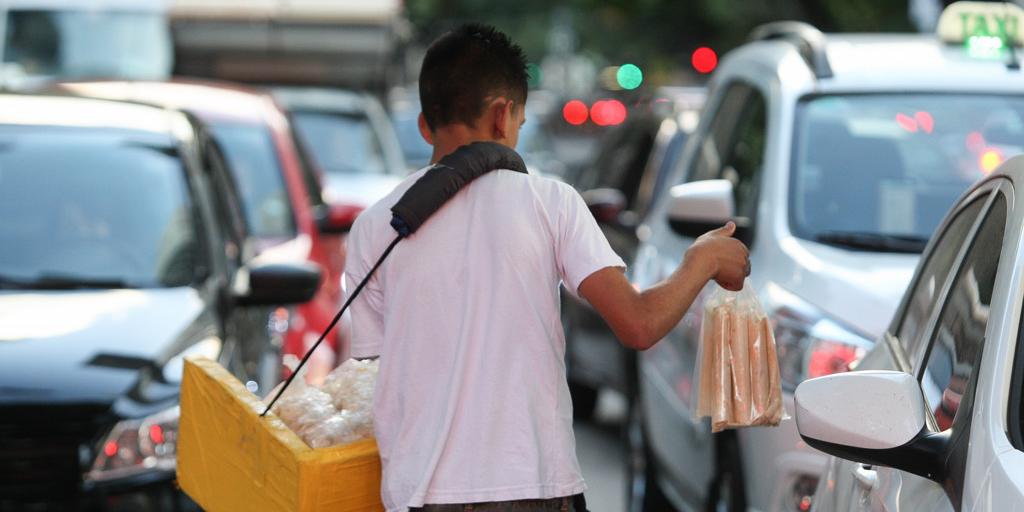RIO DE JANEIRO, BRAZIL – Joint research conducted by Brazilian academic Guilherme Lichand, who works at the University of Zurich (Switzerland), and by his colleague Sharon Wolf, from the University of Pennsylvania (United States), measured the underreporting of child labor in Brazil and concluded that the actual number of children between 7 and 14 years old who work in the country is seven times higher than that shown by official statistics.
The official and most recent data from the World Development Indicators (WDI), a database of international statistics compiled by the World Bank, showed that, in 2015, 2.5% of Brazilian children included in that age group worked, equivalent to 738,600 people. But the study conducted by Lichand and Wolf concluded that the real percentage would be 19.15%, approximately 5,650,000 children, according to the research reported by Folha de São Paulo newspaper.
The official figures of the International Labor Organization (ILO) are based on surveys conducted in several countries. “These surveys usually follow a methodology in which adults are first asked if their children work. If they lie, for fear of some punishment, out of embarrassment, or any other reason, the final statistics show a smaller number,” Lichand explained.

The parameters used by the researchers to define child labor follow the definitions of international agencies, such as Unicef, and were developed with school children.
“If the child is under 12 years old, whatever the number of hours worked, and receives some remuneration, it is already considered child labor. If the child is between 12 and 14 years old, it is defined as 14 hours per week, as long as they are not in hazardous occupations. From the age of 15, it is 41 hours,” Wolf explained.
The study reveals that when children are asked directly whether they do any paid work, the response tends to be much higher than when responsible adults are asked the same question.
Researchers were able to test this difference from responses obtained from children and parents working in cocoa harvesting in rural Côte d’Ivoire in a study conducted by an NGO. In this case, in which 2,000 people were interviewed, the children were found to be telling the truth, as the NGO’s results differed by just under one percentage point from the children’s answers.
From data collected by the World Bank in 97 countries, the researchers established a relationship between the parents’ reports and the close-to-reality result. The model considers items such as the percentage of children engaged in risky activities in each country and the number of hours worked.
Since the incidence of working children is higher among students in rural schools than in urban schools, it was also necessary to consider whether the responses came from more or less urbanized areas.
In the case of Brazil, being one of the few countries in the study to conduct any research asking children this question, it was possible to compare the results obtained through the World Bank database with those from the national survey.
In the official 2019 Brazilian survey, 15% of 10- and 11-year-olds said they had worked for at least one hour per week. If children outside the school system are considered, that percentage can reach 19%, which is in line with the survey result, Wolf added.
“This is not about occasionally helping parents with household chores, but about paid child labor,” he said. When President Jair Bolsonaro, for example, says that it is good for children to work, what kind of work is he talking about? He is not clear in his definition, which slows down the discussion,” the researcher explained.
The cocoa sector was chosen in Brazil to collect data because it has historically had a strong presence of child labor. The organization Papel Social was hired in 2018 by the ILO to investigate the activity in some areas of the Brazilian interior.
“There are about 7,000 children and adolescents working in the cocoa chain, mainly in the states of Bahia and Pará. The phenomenon is the same in palm oil, tobacco, and gypsum,” explained the executive director of Papel Social, Marques Casara.

